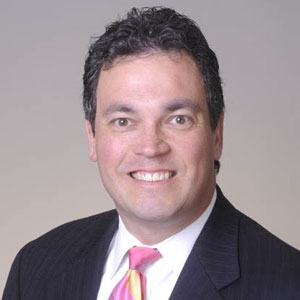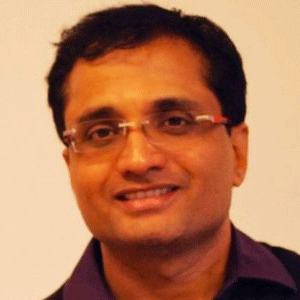THANK YOU FOR SUBSCRIBING
Editor's Pick (1 - 4 of 8)

Peter Mellor, Director, Sedimental Pty Ltd
Our solutions allow marine monitoring to change from being a lagging indicator to a practical real-time tool to optimize dredging and other marine works, stopping adverse environmental impacts before they occur. As an example we were doing coral health surveys (using the unmanned subsea surveyor) every night at the turn of the tide, so the visibility was perfect and the ambient light was the same. Such a real-time understanding of coral heath stress would have been impossible using traditional methods.
Not only did we increase data capture but the quality of that data far exceeded what divers could collect. Scientists could actively manage any impacting process – in this particular case, it was dredging in an ‘A’ class reserve.
We had a dredge control center purely for the environment, with more than 100 sites live streaming data: from water quality to net sedimentation and coral health. By understanding these stressors on the biota in real-time, we could predict the subsequent tolerances and actively manage the dredge.
Our technologies had broader applications. We began working in Singapore, which was undertaking massive dredging campaigns with mandates from the Hague limiting the amount of turbid water that could cross over to Malaysia.
We had teams in Singapore, Malaysia, and Australia running the control center. All this was done automatically through our platform – together with complicated modeling, cloud computing and validation program. We were able to deliver daily reports within 24 hours to proactively manage the results from the dredge-related impacts while helping to save about50 percent in costs compared to with other tender prices.
This ambitious and innovative monitoring program helps overcome the ‘ocean information challenge’ and gives users the power to protect environmental quality objectives before adverse impacts can occur. Our solutions give governments the data to respond quickly to incidents, enables marine contractors to have more control over their construction process, and provides academics, NGOs, the media and the public with a wealth of information.
After the Singapore work, we went to New Zealand where they had two failed applications for subsea mining (effectively permanent dredging operations). By managing the spill budget live with ambient metocean conditions the subsea miners could maximize production, in line with their commercial estimates.
As was the case between 2012 and 2018, more advances in driverless technologies will come about. There will, however, be some curveballs that will change the nature of marine science and impact assessment. Greater levels of automation and digitalization of processes will positively influence daily operations. The top 6 technologies that could, or should, bring positive effects and operational benefits to companies involved in monitoring the marine environment include the unmanned subsea surveyor, sediment scanner, water quality systems, drones/kites, unmanned surface vessels, and ADCPs.
See More: Top Marine Tech Solution Companies













